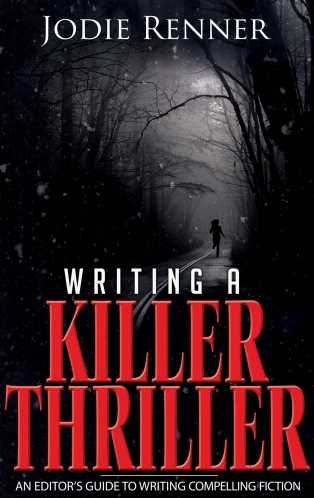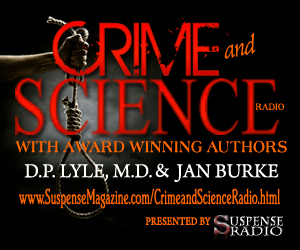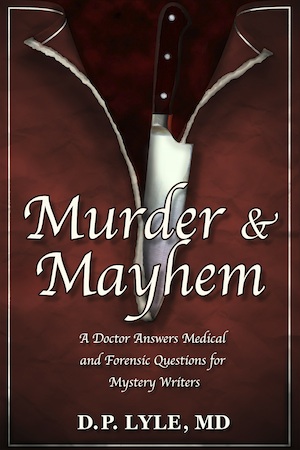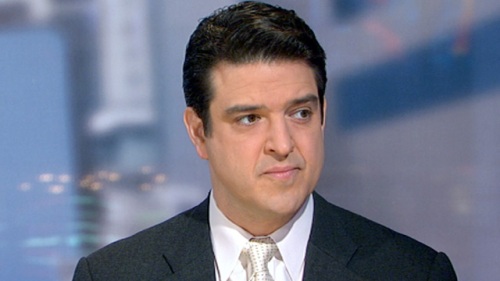
by Jodie Renner, editor, author, speaker
Until the last decade or so, most readers were more familiar with mysteries than thrillers. In fact, my small neighborhood library has a section called “Mysteries” but no section called “Thrillers,” which seems weird to me! Mysteries of all sorts (cozy, hardboiled, suspenseful, etc.) are still going strong, but thrillers make up more and more of the bestsellers these days.
How exactly do thrillers differ from mysteries, anyway? Both are fiction stories involving criminal activity, catching the bad guy(s), and at least one murder.
Two main differences stand out. First, in a mystery, neither the reader nor the protagonist knows who the killer is. The whole idea is to figure out “whodunit,” then apprehend the bad guy. In a thriller, the reader often knows who the villain is early on, and sometimes the hero does too. The object is for the hero to outwit and stop the killer before he kills others, including the hero, or endangers the world. Also, in mysteries, the protagonist is not usually in danger, whereas in thrillers, the protagonist is almost always directly threatened, fighting for his life as he matches wits with a clever, determined, amoral villain.
The other main difference between mysteries and thrillers is in the delivery—how they are told. Mysteries are usually more cerebral, for readers who enjoy solving puzzles, whereas thrillers are more heart-pounding, adrenaline-raising, appealing to the emotions and a yearning for excitement, a desire to vicariously confront danger and defeat nasty villains. A mystery, especially a “cozy” one, can unfold in a leisurely fashion, but thrillers need to be much more fast-paced and suspenseful.
David Morrell, http://www.davidmorrell.net/ , author of about 28 thrillers, explored the difference between mysteries and thrillers several years ago. His detailed description included this: “Traditional mysteries appeal primarily to the mind and emphasize the logical solution to a puzzle. In contrast, thrillers strive for heightened emotions and emphasize the sensations of what might be called an obstacle race and a scavenger hunt.” (David Morrell, http://www.crimespreemag.com)
James N. Frey, author of How to Write a Damn Good Thriller and How to Write a Damn Good Mystery, among other “damn good” books on writing, describes the differences like this:
“In a mystery, the hero has a mission to find a killer.
“In a thriller, the hero has a mission to foil evil.”
Frey goes on to elaborate, “a thriller is a story of a hero who has a mission to foil evil. Not just a hero—a clever hero. Not just a mission—an ‘impossible’ mission. An ‘impossible’ mission that will put our hero into terrible trouble.”
According to International Thriller Writers, a thriller is characterized by “the sudden rush of emotions, the excitement, sense of suspense, apprehension, and exhilaration that drive the narrative, sometimes subtly with peaks and lulls, sometimes at a constant, breakneck pace.”
ITW defines thrillers as a genre in which “tough, resourceful, but essentially ordinary heroes are pitted against villains determined to destroy them, their country, or the stability of the free world.”
Part of the allure of thrillers, they say, comes from not only what their stories are about, but also how they are told. “High stakes, nonstop action, plot twists that both surprise and excite, settings that are both vibrant and exotic, and an intense pace that never lets up until the adrenaline-packed climax.”
Here are some distinctions James Scott Bell makes between the two, in his book, Conflict & Suspense:
Mystery = Who did it? Suspense = Will it happen again?
Mystery is about “figuring it out.” Suspense is about “keeping safe.”
Mystery is a puzzle. Suspense is a nightmare.
Mysteries ask, “What will the lead character find next?”
Suspense asks, “What will happen next to the lead character?”
I asked some friends, clients and colleagues what they thought the main differences were between these two genres. According to thriller and horror writer Allan Leverone, “In a mystery, the crime has already been committed, but the hero and the reader must figure out by whom. In a thriller, the crime (at least the biggie) hasn’t been committed yet, but the reader knows who the bad guy is; the question is whether he can be stopped.”
My friend, bestselling suspense-mystery and thriller writer LJ Sellers, tells me she recently read that in a thriller, the villain drives the story, versus mystery, in which the protagonist drives the story.
And finally, another friend and colleague, bestselling thriller and horror writer Andrew E. Kaufman says, “Here’s a less conservative, completely off-color definition, coming from a less conservative, completely off-color mind: A thriller is like mystery on Viagra. Everything’s more amped up, fast-paced, and frenetic. A good thriller should keep your heart racing, your fingers swiping at the pages, and your rear on the edge of its seat. Of course, those lines can be blurred. Many authors straddle the fence between the two. Nothing is in black and white, and gray is a beautiful color.”
True – there are those fast-paced mysteries that seem to straddle both genres. For suspense-mysteries, I love Harlan Coben’s Myron Bolitar stories and Robert Crais’s Joe Pike and Elvis Cole stories, among others.
Which do you prefer, mysteries or thrillers?
It probably depends on your mood, but personally, I usually prefer the adrenaline rush and pulse-pounding suspense of thrillers!
Who are some of your favorite contemporary thriller or mystery writers?
What about your favorite thriller characters?
For series, I love Robert Crais’ Joe Pike and Elvis Cole, Lee Child’s Jack Reacher, Harlan Coben’s Myron Bolitar, Michael Connelly’s Mickey Haller and Harry Bosch, and Janet Evanovich’s Stephanie Plum and the two men in her life — both hunks!
For more on this topic, check out Tom Sawyer’s recent post over at The Thrill Begins blog: “Mysteries & Thrillers – The Differences”: https://thethrillbegins.blogspot.ca/2013/10/mysteries-thrillers-differences.html
Jodie Renner, a freelance fiction editor specializing in thrillers and other fast-paced fiction, has published two books to date in her series, An Editor’s Guide to Writing Compelling Fiction: WRITING A KILLER THRILLER and STYLE THAT SIZZLES & PACING FOR POWER (Silver Medalist in the FAPA Book Awards, 2013). Both titles are available in e-book and paperback. For more info, please visit Jodie’s author website or editor website, or find her on Facebook or Twitter.










































